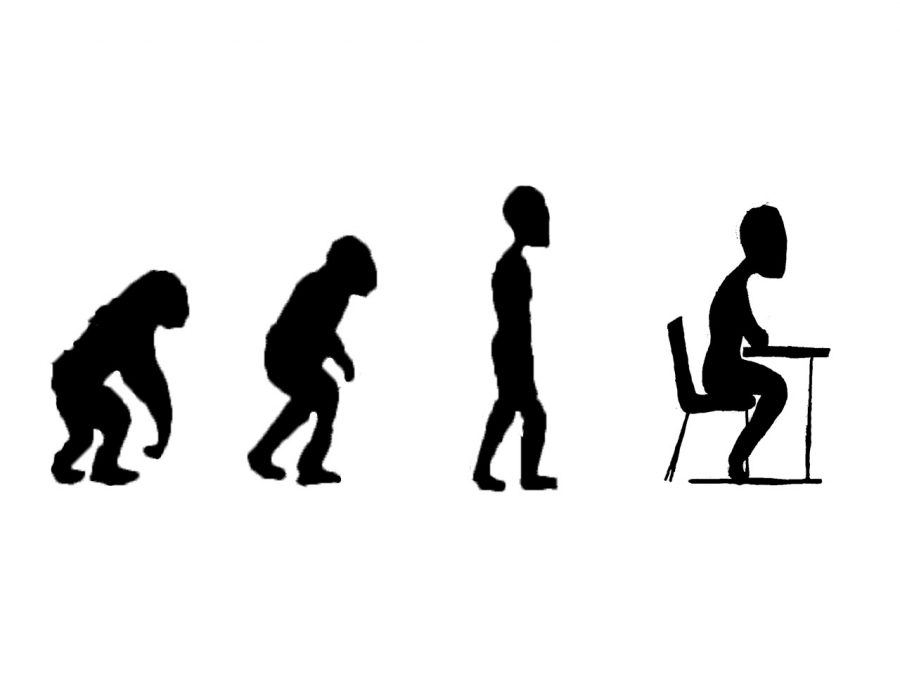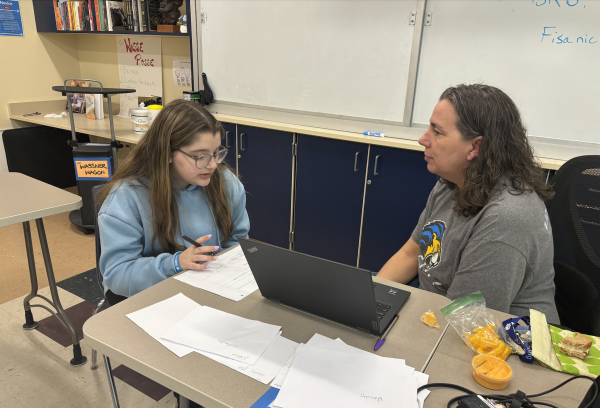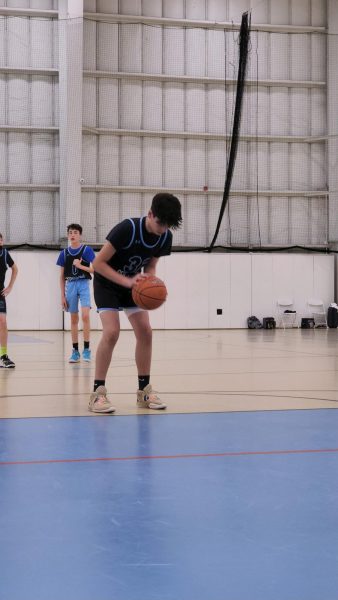Students must stand to make the most of our brains
Human bodies ascend to their physical peaks during adolescence, the same time the mind becomes more sophisticated and refined. As a critical stage of human development, the teenage years should be among the most active periods in a person’s life.
Yet today’s average teenager is as sedentary as a 60-year-old, according to the National Health and Nutrition Examination Survey. Though evolution designed humans to stand up, growing students spend hours a day sitting at desks during class. Ironically, long periods on chairs impedes the mind’s overall executive functioning—especially its ability to focus. With mounting evidence showing that our minds work best when we’re on our feet, it is time to abandon unnatural lifestyles and create a more active, engaging and effective learning environment.
Sitting shuts off certain leg, core and back muscles used to stand and walk, which decreases overall blood flow in the body and to the brain. A common way of sitting is with a curved back and slumped shoulders, a position that shrinks the chest cavity and limits how much oxygen fills the lungs with each breath. The comparatively low oxygen levels in the blood when seated, compounded by less blood reaching the brain, denies the mind of resources it needs to function optimally.
Studies compiled by the National Academies Press reveal that physical activity used as a break from class work improves the overall attention, working memory and academic performance of students. However, simply standing during class brings similar boosts to cognitive abilities. A study in the International Journal of Health Promotion and Education links standing desks to increased academic engagement and on-task behaviors in students; they are seldom distractions. Standing and stretching during class has also been shown to increase perceived energy levels and vigor and perhaps reduce food cravings. If encouraged to stand instead of sit, students may more easily reach their academic potentials.
The opportunity to expend energy during class is perhaps most valuable for students with ADD and ADHD. For many with the attention disorders or symptoms of them, extensive sitting exacerbates struggles they already have focusing in class. Those whose bodies crave movement may walk the hallways during class if they cannot concentrate.
Teachers should actively encourage students to stand up during class time, even if teachers are reluctant at first. While certain people in fact work better while sitting down, many students sit out of mere habit and not necessity. Prompting from teachers could help students realize whether a change in body orientation indeed benefits them or not. Teachers can smoothly incorporate movement into learning time with standing class discussions or stretch breaks during individual work.
However, perhaps the best way to get students’ blood flowing often is to introduce standing desks. The middle school has about one per classroom and they are very popular among students. New desks are not cheap, though, so CEJDS would need to weigh the benefits and costs of implementing them in high school. The high school could borrow desks from the middle school, place them in the back rows of a few classrooms and use feedback from students and teachers to inform future purchases.
Standing upright was one of the first traits to distinguish humans from other primates; our highly complex brains evolved later on. Though modern convention has made many accustomed to sitting, humans are still built to stand. If JDS abandons the confines of chairs in favor of more engaging learning spaces, the result will be an environment conducive to academic success and human growth.
This story was featured in the Volume 35, Issue 6 print edition of The Lion’s Tale, published on May 30, 2018.











